http://www.thealternativedaily.com/
Japanese Restaurant Chain Apologizes After Rat Found in Miso Soup A popular Japanese restaurant chain, Sukiya, has issued a public apology after a customer found a rat floating in a bowl of miso soup at its Tottori branch. The incident, which took place in January, came to light after images were posted on social media, […]


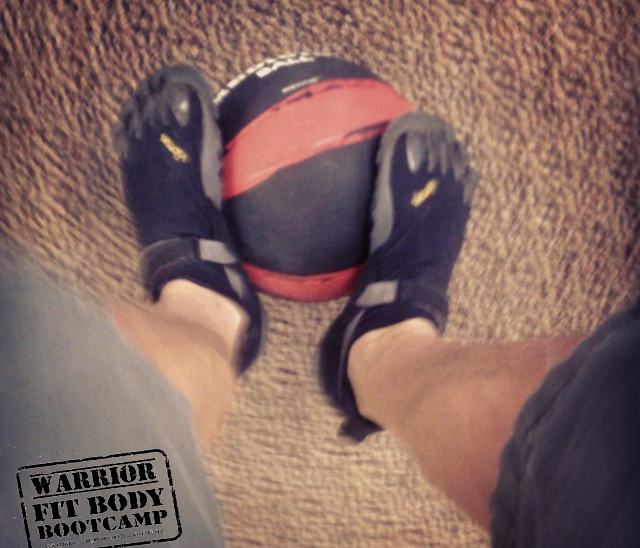
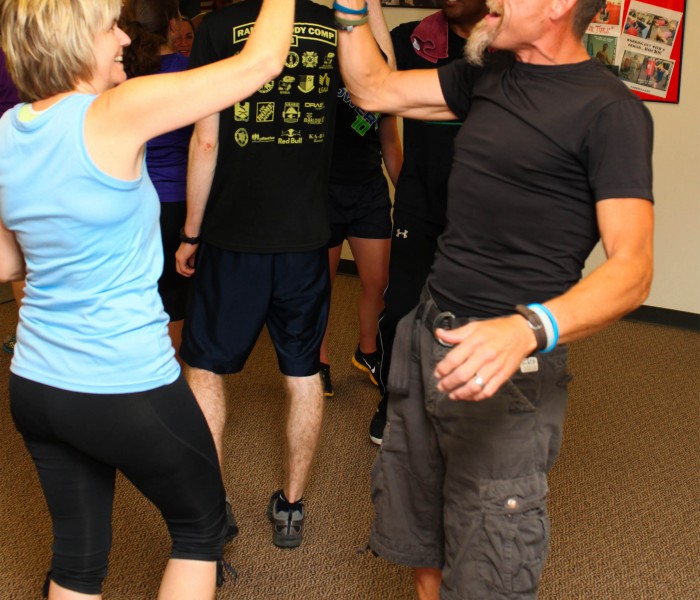
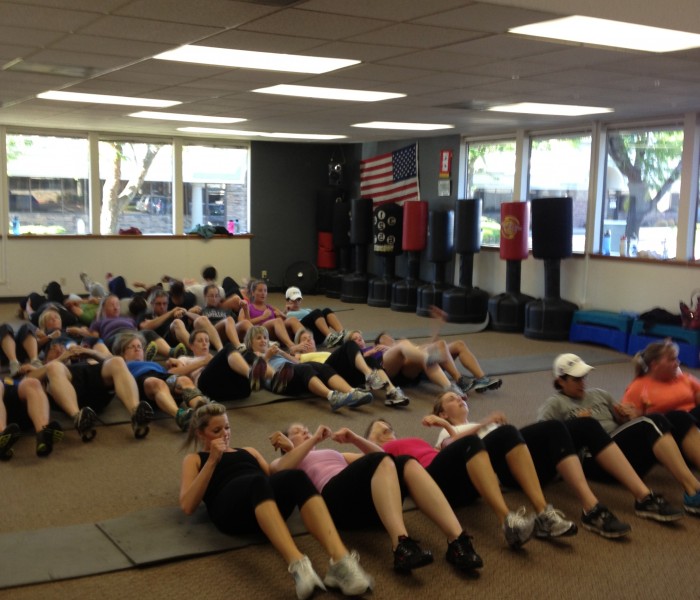
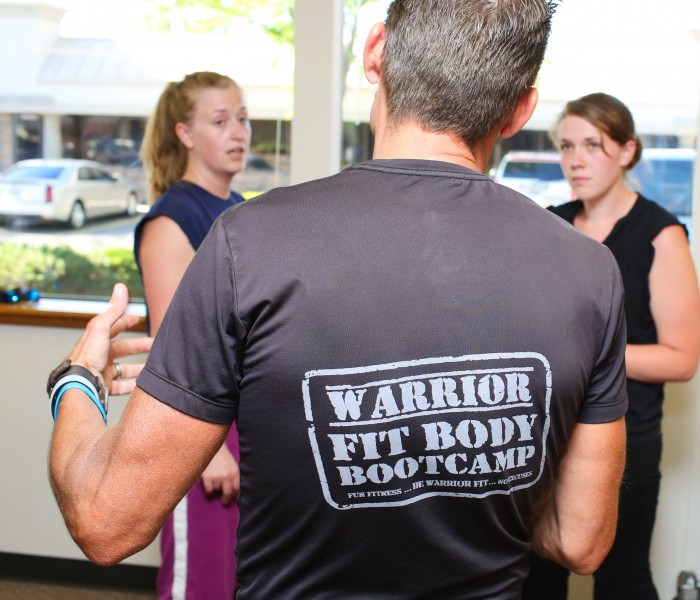

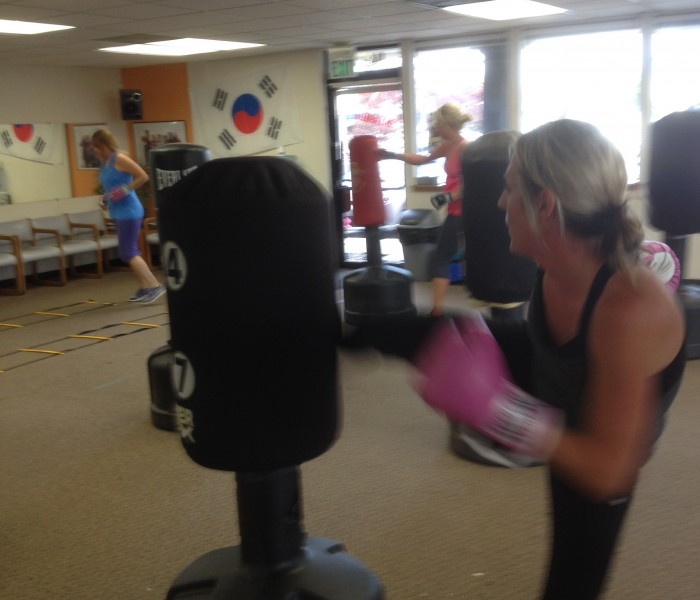
 For now classes are 6pm and 640pm at 2840 Wildwood st in the Boise Cloggers studio.
Book your class NOW!
click this ==>
For now classes are 6pm and 640pm at 2840 Wildwood st in the Boise Cloggers studio.
Book your class NOW!
click this ==>








